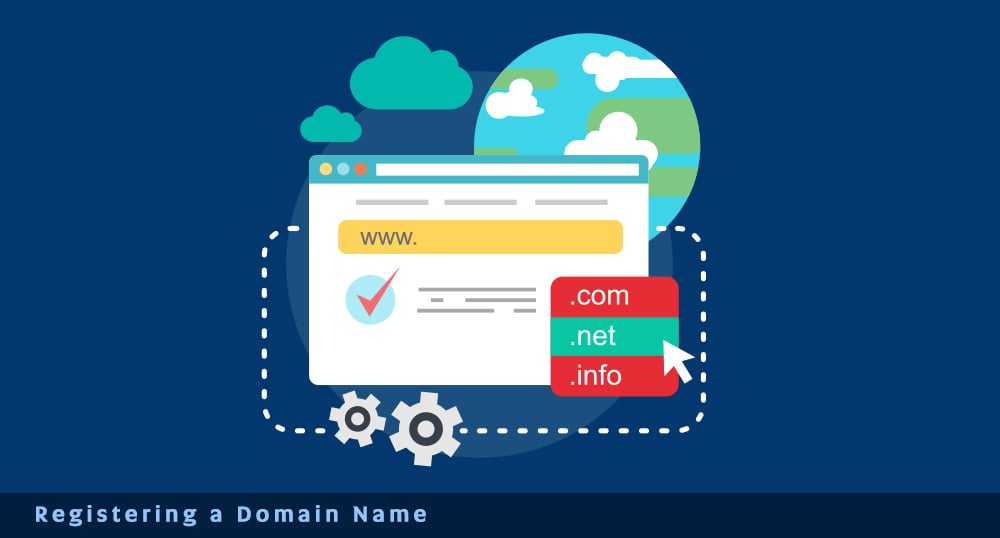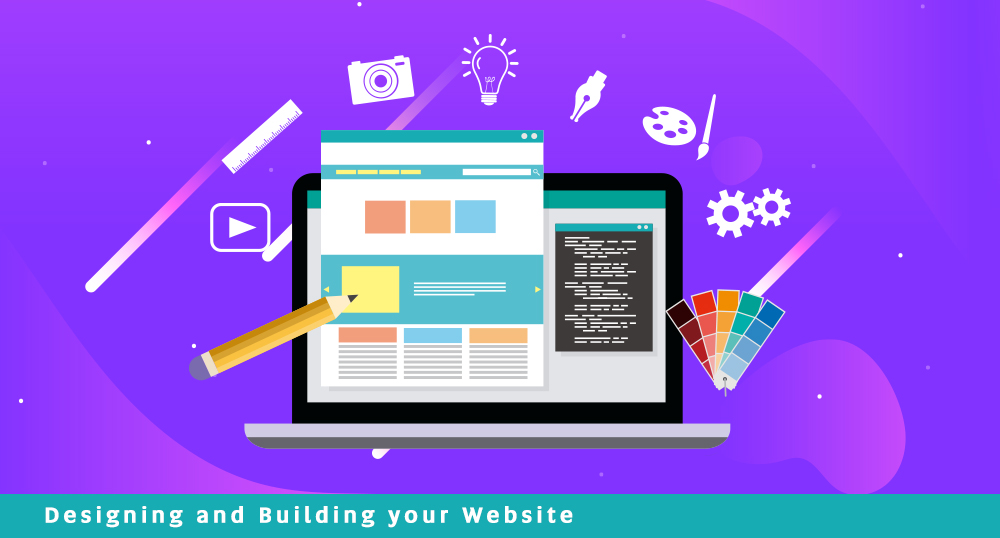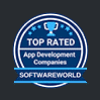The 2020 World Wide Web Consortium (W3C) era is charging the way internet surfing works with golden rules for creation and guidelines established in the network world. However, W3C’s maximised Web standards are demanding today’s new technical website development. Thus a Technical Website Development has to have undergone a comprehensive approach that can optimize the performance of the website on the internet. Here we would like to post a step by step guide to develop a technical website.
Getting online is easier than ever. Developing your technical website may seem like a daunting task, mainly until you go for the technical web design development company.
Step by step guide while Developing your website
These seven steps will support and lead you to get a professional technical website.
Step 1: Planning your Website
Step 2: Registering Domain Name
Step 3: Allocating Website Hosting
Step 4: Designing and Building your Website
Step 5: Promoting Your Website
Step 6: Publishing your Website
Step 7: Maintaining your Website
Step 1: Website Planning
While planning a technical website, you need to make several important decisions:
- Site type that you need: whether the website is news, informative, e-commerce, company or service site, non-profit or cause-driven site, Technical etc. Each of these websites has a slightly different focus that will influence its design.
- Navigation Design: Here the navigation will tell about how the user is navigating throughout your technical website that affects the architecture and also the whole usability of the technical website. The technical website will be more effective if you create the sitemap and develop a navigational structure from there.
- Website type: The website can be an informative website or web application. Before starting designing a technical website, you should choose the languages that you use for the development of a technical website. Developers use PHP, HTML, CSS/Bootstrap, and JavaScript libraries like jQuery, React.js, and Zepto.js, along with frameworks such as Angular, Vue, Backbone, and Ember, for building technical websites.
Step 2: Domain Name Registration
Everyone wants to make your technical website live on the world wide web (www), then you need to purchase the domain. A domain is the address of your website on the internet. It is what people touch-type on their browser to get directions to your website. If possible, pick a domain that holds your business name. It is the best way to go with a domain that is easy to spell and easy to identify.
Tips for choosing a domain name:
- Make it short – Select short and straightforward URLs are the best way
-
Make it Memorable – URL with a short domain name is most memorable.
-
Use Keywords – Keywords are valuable search terms that describe your business and make you discoverable online.
-
Use appropriate Extensions – Use recognised standard extensions as it is challenging to get the one you want and also as it is around so long.
- Quick, valuable URLs get snatched up quickly.
Step 3: Website Hosting
Web hosting is like spending rent for your website’s implicit storefront, that includes all types of resources like images, documents, sitemaps etc. and is a spot where all the data about your website is being, based on where you develop your technical website. You can pick from a diversity of services that might cost anywhere from a few dollars a month to a few dollars a year.
Step 4: Designing and developing your Technical Website
This is the most complicated section of the web application development process, and there are several points to consider at this stage that includes:
- Prototype design: Initially you need to create a design prototype for the web application focusing on the targeted audience. It is advisable to prevent the use of great animations and transition effects. Though it looks modern, they are not highly available designs.
- Choose Framework: Once the development of the prototype was done, then you should focus on the serverside framework selection. Choosing the most effective and best MVC framework would be a good thought. The server-side programming frameworks like Ruby on Rails(Ruby), Python(Django, flask, pylons), PHP(Laravel), Java(Spring), Scala(Play), etc.
- Choose Database: A most vital part of a web application is the Database selection and creation as it stores all the data. Some of the best databases to select are MySQL, PostgreSQL, MongoDB, etc. And the server to choose is Apache.
Step 5: Promoting the Website
On before publishing the technical website. Promotional activities can occur either before or after publishing the technical website. After selecting the domain, promote the website through search engine optimization to enhance visibility and reach. Because it will allow your brand to know to the users who are looking for the services or products that your site is going to provide.
Another way that it allows your technical website to be found by the users who are looking for the services that you provide. Even you go for other promoting ways like email marketing, social media channels, paid campaigns etc.
Step 6: Publishing your technical website
Publishing your technical website means getting your webpages created in step 4 to step 1 in the browser when the user searches with the domain name.
Step 7: Maintaining the Technical website
Maintenance can be the most active part of the technical website design. To keep your site doing well and looking good, it is essential to get regular updates and maintenance. Even after the website is live, it is also crucial to test your technical as you are developing the website. As there are regular updates on the devices, make sure to have regular testing of your website and make sure your website is working well. It is a good idea if you have a regular backup of your website.
Final Thoughts
From the above all steps, you are clear that what steps are required to follow while developing a sound and well-planned technical website. It is a distillation of some necessary steps acquired to start with your site.
Krify is the leading Technical website development company in India as well as UK have hands-on mobile app development for both Android and iOS platform. We have well-experienced web developers and also Android developers & iOS Developers. Want to get your own technical website development for your business. Reach us today or Get a free quote.















